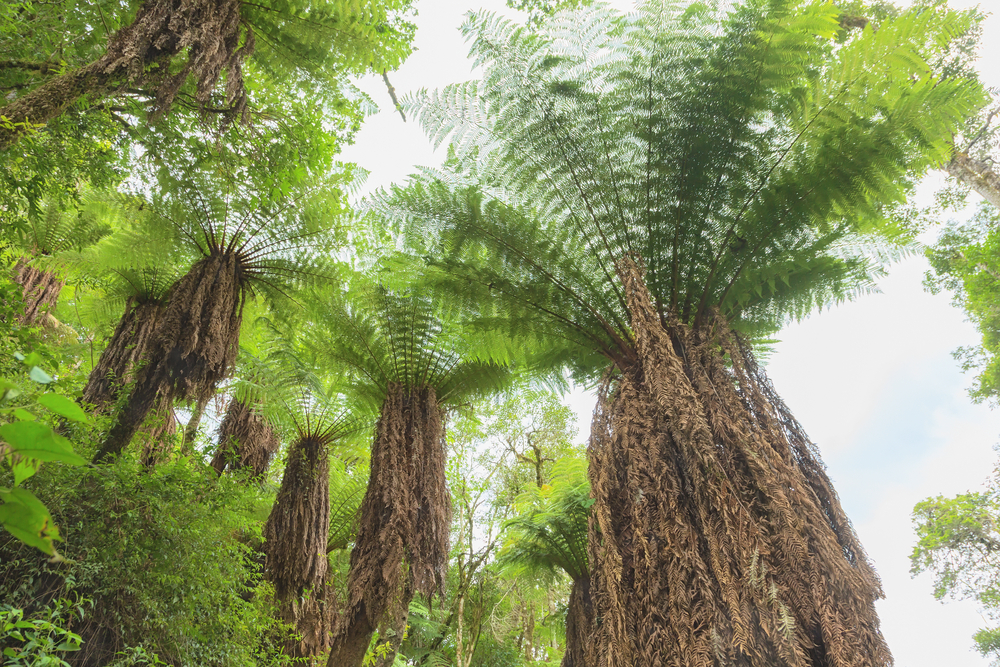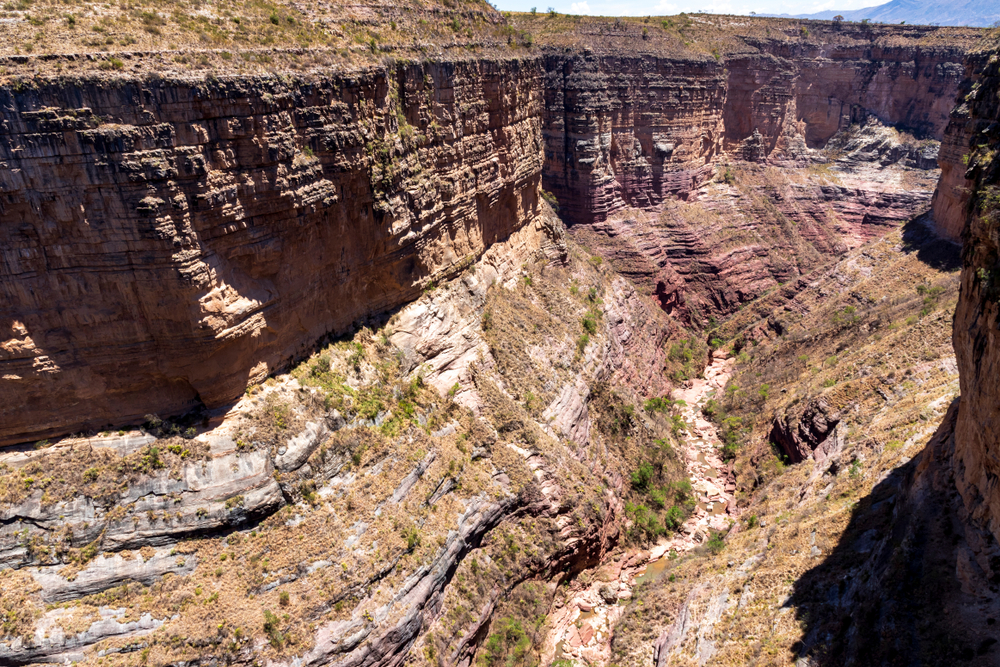Carrasco Overview
Carrasco National Park, or Parque Nacional Carrasco in Spanish, is a protected area located in central Bolivia, in the Cochabamba Department.
Covering approximately 1,652 square miles (4,280 square kilometers), the park is a crucial part of the country’s conservation efforts, preserving a vast range of ecosystems from Andean highlands to Amazonian foothills.
The park lies along the eastern slopes of the Andes, creating a dramatic transition from towering mountains to dense tropical forests. This variation in altitude and climate supports a remarkable diversity of plant and animal life, making Carrasco National Park a significant ecological hotspot.
The terrain within the park is characterized by rugged mountain ranges, deep valleys, and misty cloud forests that gradually give way to humid lowlands. The park’s landscape is dominated by steep ridges and lush vegetation, including vast stretches of Yungas cloud forests, home to towering tree ferns, orchids, bromeliads, and ancient hardwood trees.
The rivers that course through the park create breathtaking waterfalls and hidden caves, including the popular Cueva de los Guácharos, a cave inhabited by oilbirds, which navigate its dark passages using echolocation. The park is also traversed by the Chapare River, a lifeline for many of the region’s species and a stunning feature of the park’s scenery.
Carrasco National Park is renowned for its extraordinary biodiversity. The varying elevations and habitats support an abundance of wildlife, including some of Bolivia’s most elusive and endangered species. Among the mammals found here are the spectacled bear, jaguar, puma, ocelot, and Andean fox. Primates such as the howler monkey and capuchin monkey swing through the dense canopy, while the lower regions are home to tapirs, giant anteaters, and peccaries.
Birdwatchers are particularly drawn to the park, as it is home to over 500 bird species, including the Andean cock-of-the-rock, toucans, parrots, and hummingbirds. The rare harpy eagle, a powerful bird of prey, can occasionally be spotted in the dense forest.
One of the park’s most fascinating features is the Cueva de los Guácharos, where visitors can witness the unique oilbirds, nocturnal fruit-eating birds that use echolocation. Another highlight is the diverse system of waterfalls, with some hidden deep within the forest and only accessible by trekking through the dense vegetation.
The park’s cloud forests, often shrouded in mist, provide a mystical and serene experience for visitors seeking adventure and a connection with nature.
Visitors to Carrasco National Park can engage in a variety of activities, including guided hikes, birdwatching tours, and wildlife observation. The park’s numerous trails lead through lush forests, offering opportunities to spot rare species in their natural habitat.
Caving excursions into the Cueva de los Guácharos provide a thrilling experience for those interested in exploring the park’s subterranean world. Additionally, the park serves as an important research site for scientists studying biodiversity and conservation efforts in Bolivia.
Despite its importance as a conservation area, Carrasco National Park faces several challenges, including deforestation, illegal hunting, and encroaching agricultural activities.
Conservation programs led by both governmental and non-governmental organizations aim to protect its rich biodiversity while promoting sustainable tourism and environmental education. The park has seen successes in habitat preservation and species protection, thanks to increased awareness and stricter enforcement of conservation policies.













































































